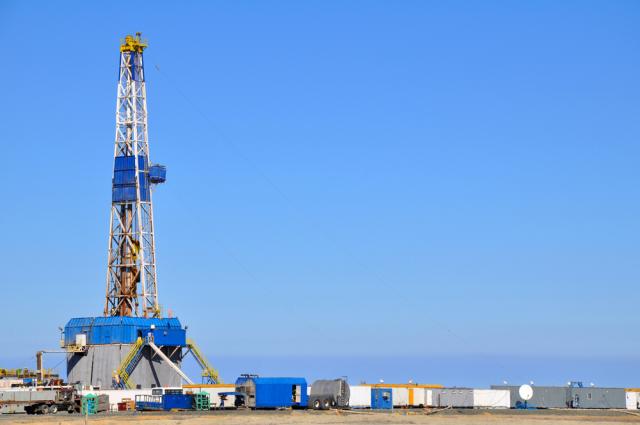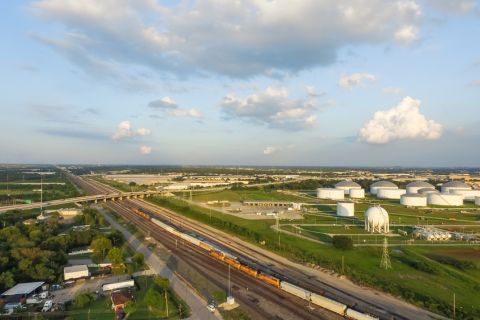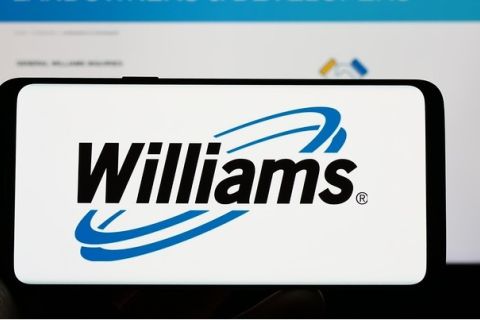
Companies are drilling deeper in the Permian and exploring emerging plays in the Lower 48. (Source: Shutterstock)
As E&Ps scour the globe for oil and gas discoveries, experts believe exploration in the U.S. Lower 48 will continue to play an important role.
Companies including EOG Resources and Comstock Resources are drilling wells in some emerging areas around the Lower 48.
Natural gas production is growing from EOG’s emerging Dorado play in the far southern Eagle Ford Shale. With U.S. natural gas prices down significantly from last year, EOG is considering delaying completions in the Dorado play later this year, the company said during its first-quarter earnings.
EOG is also investing in drilling in the southern Powder River Basin and in the company’s new position in the Ohio Utica Combo play, which was unveiled last year.

EOG’s drilling efforts in the Ohio Utica Combo could effectively redefine what the oil window looks like in the Utica, said David Deckelbaum, managing director and senior analyst with TD Cowen, during Hart Energy’s SUPER DUG conference.
Comstock and Aethon Energy are both prospecting and drilling gas wells in Robertson County, Texas, north of Houston. Comstock calls the emerging prospect its “Western Haynesville” play.
“End markets make things really interesting, whether that’s gas in Robertson County and the pull of LNG on that in the 2030s,” said Robert Clarke, vice president of upstream research at Wood Mackenzie, during the conference. “Maybe it’s areas like the Midwest and folks taking another look at the Three Forks.”
RELATED
Newest Giant North Houston Bossier Wildcat Won’t Sputter Out
But many of the new plays in the Lower 48 aren’t really new plays at all – they’re just deeper zones, Deckelbaum said.
The Permian Basin’s deeper Barnett, Woodford and Meramec zones have been popularly discussed by large companies such as Occidental Petroleum, Pioneer Natural Resources, Marathon Oil, Diamondback Energy and Continental Resources.
The Mississippian-age Barnett and Woodford zones lie beneath the Permian’s popular targets for oil—the Wolfcamp and Spraberry zones.
As Pioneer Natural Resources looks to deepen its inventory depth in the Permian, the company has set aside between $150 million and $200 million for exploration activities this year, including drilling four wells in the deeper Barnett and Woodford.

The company’s four Barnett/Woodford wells planned for this year will be between 11,000 ft and 12,000 ft, Pioneer President and COO Rich Dealy said in an interview with Hart Energy last month.
Hunting for oil
Despite growing long-term demand for natural gas, approximately two-thirds of new global final investment decision volumes are for oil, according to Wood Mackenzie data.
Not only is the majority of exploration capital spend weighted toward oil, oil-focused projects tend to pay back faster than gas-focused exploration, Clarke said.
Capital spending on gas-focused exploration is continuing a multi-year downward trend, which WoodMac believes is an insufficient amount of capex in gas required to meet global demand.
“Looking at future uncertainty, fast payback is very desirable,” Clarke said. “Capex is going towards oil, but maybe the longer-term opportunity [is] in gas.”
Recommended Reading
Midstream Operators See Strong NGL Performance in Q4
2024-02-20 - Export demand drives a record fourth quarter as companies including Enterprise Products Partners, MPLX and Williams look to expand in the NGL market.
Enbridge Sells Off NGL Pipeline, Assets to Pembina for $2.9B
2024-04-01 - With its deal to buy Enbridge’s NGL assets closed, Canada's Pembina Pipeline raised EBITDA guidance for 2024.
Pembina Pipeline Enters Ethane-Supply Agreement, Slow Walks LNG Project
2024-02-26 - Canadian midstream company Pembina Pipeline also said it would hold off on new LNG terminal decision in a fourth quarter earnings call.
Williams Beats 2023 Expectations, Touts Natgas Infrastructure Additions
2024-02-14 - Williams to continue developing natural gas infrastructure in 2024 with growth capex expected to top $1.45 billion.
Report: Crescent Midstream Exploring $1.3B Sale
2024-04-23 - Sources say another company is considering $1.3B acquisition for Crescent Midstream’s facilities and pipelines focused on Louisiana and the Gulf of Mexico.





